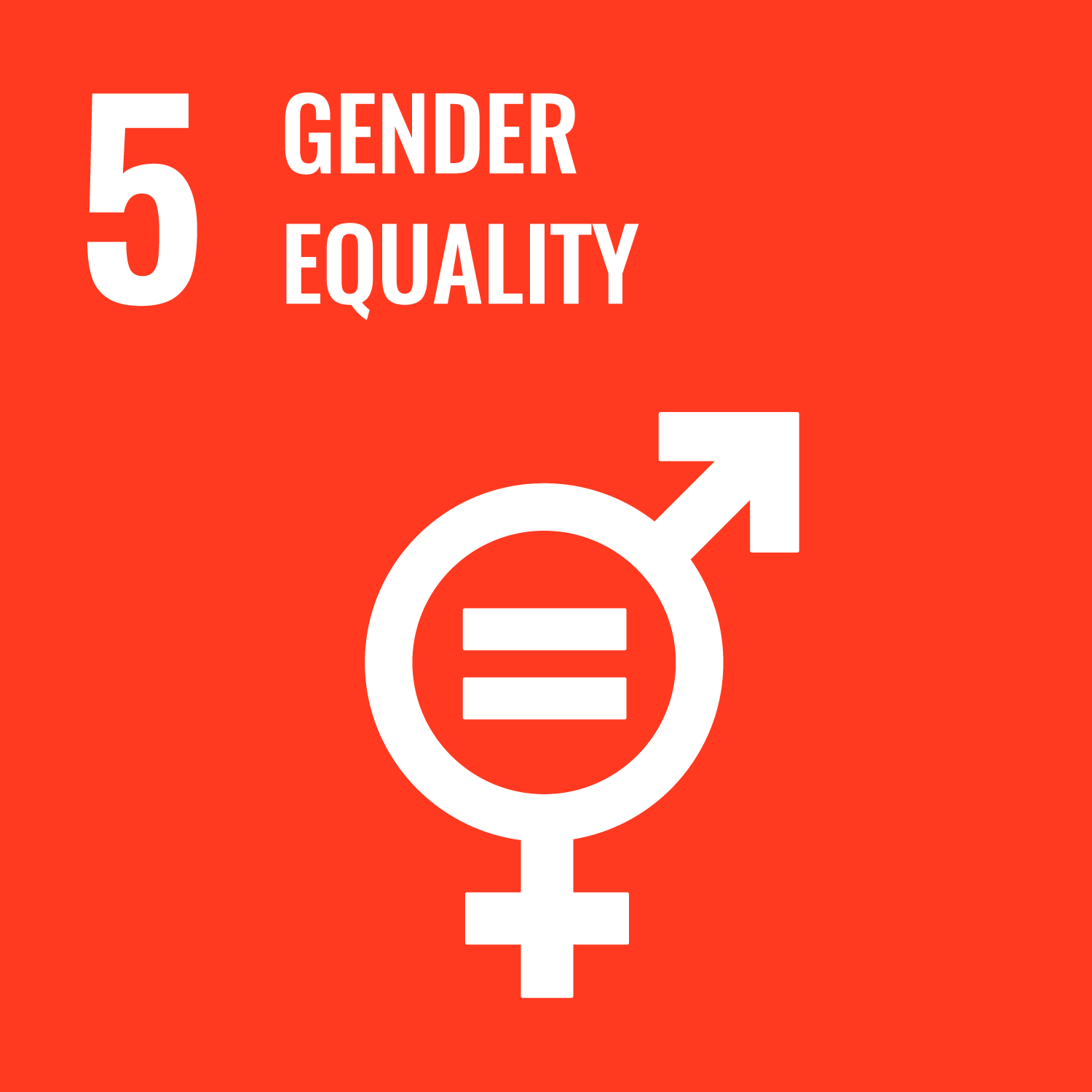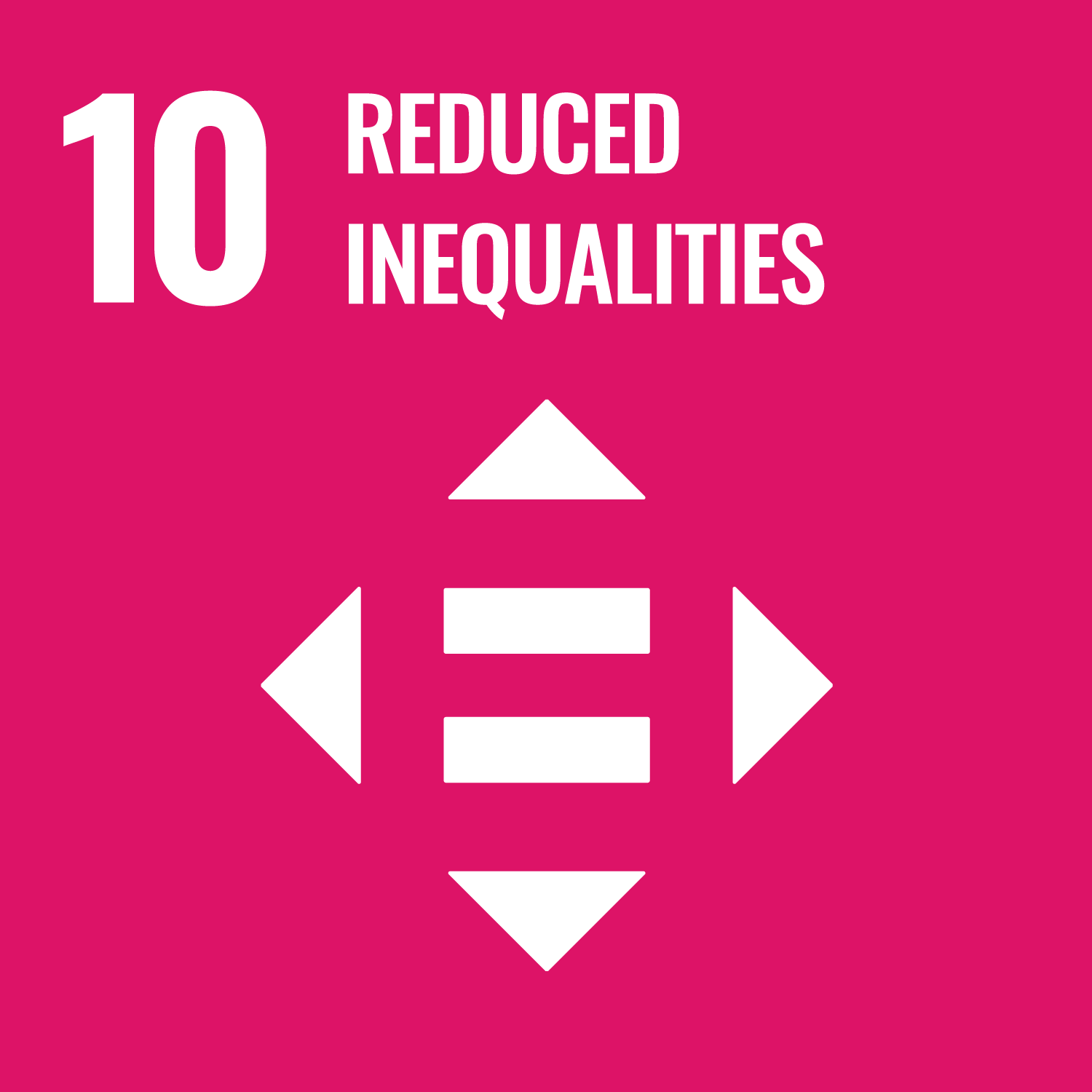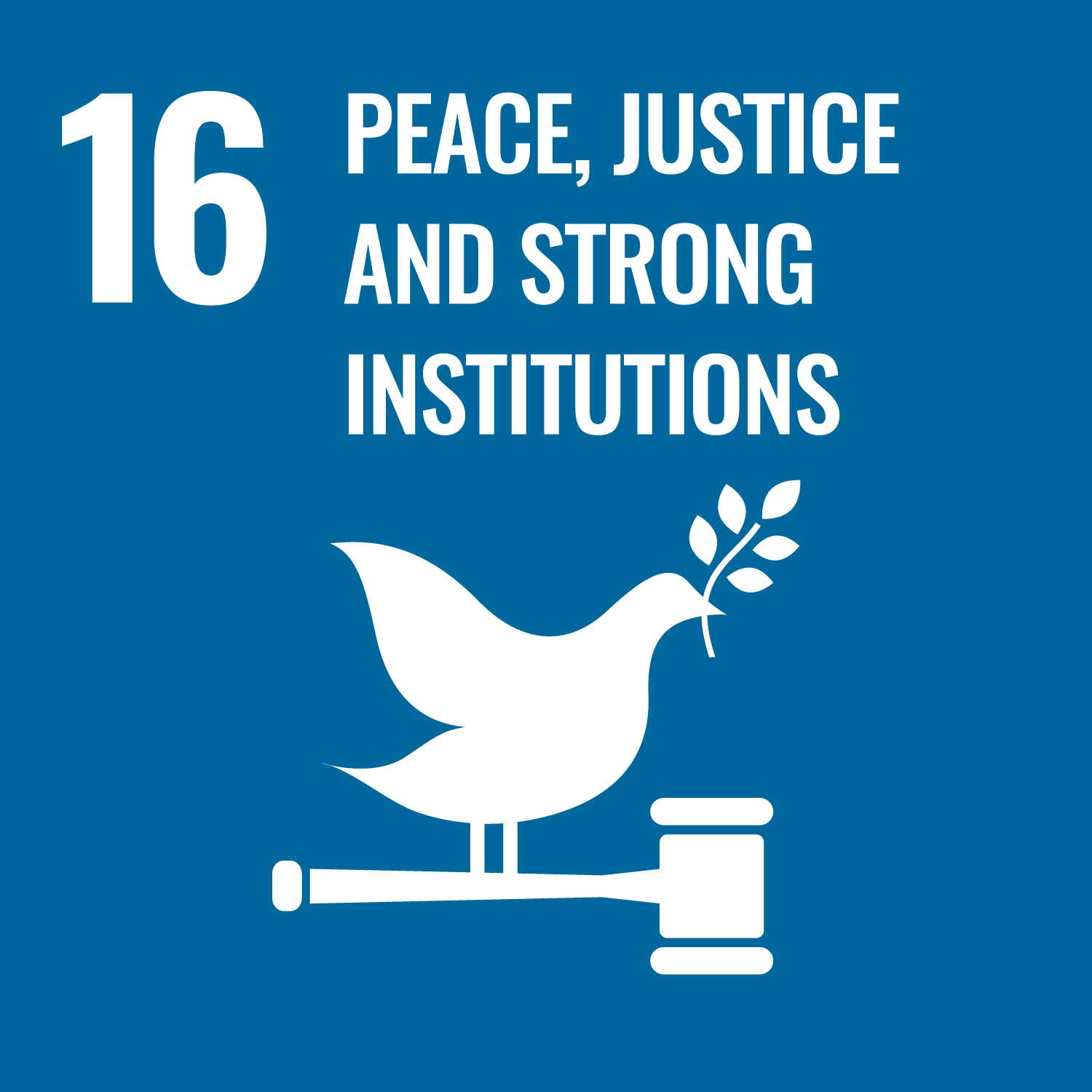This report presents the findings of a media classification study. The study classified media reports as either positive/neutral coverage; incomplete coverage; or negative coverage; and with either a positive statement tone; neutral statement tone; or negative statement tone. Media was analysed for source (i.e. legal experts, journalists, NGO staff); population ‘categories’ (i.e. LGBTQI, trans men, low-income, deprived of freedom/incarcerated) and use of language (human-rights informed, hate speech, moralising).
The report provides a comprehensive overview of its research methods and databases.
The research revealed that 4 out of 5 clips (articles/videos etc) had a positive coverage tone which is not indicative of low levels of homophobia: many of these stories were about discrimination, violence, and human rights abuses of LGBTQI people. 58% of all clips included statements from people with diverse SOGIE or other diverse SOGIE sources, meaning LGBTQI people were able to speak for themselves. The report then presents finding on source tone (positive overall) before exploring data on who is represented in these media clips.
Overall, the report found that media takes a positive tone towards the LGBTQI community—but that this is indicative of knowledgeable journalists rather than societal acceptance. The report then provides recommendations for strengthening news coverage.








